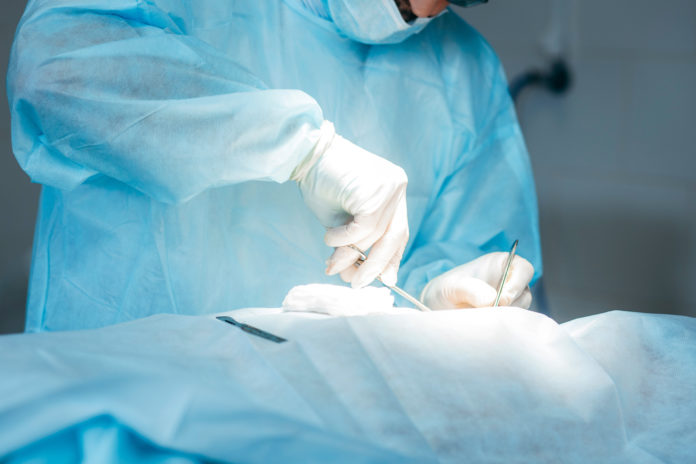What is Marsupialization?
Marsupialization is the surgical procedure that involves cutting a slit into a cyst or an abscess and suture the edges of the slit to form a continuous surface from the exterior to the interior surface of the abscess or cyst. Sutured in this manner, the site will remain open and can drain freely.
Marsupialization is used to treat an abscess or cyst when a single draining is not effective and total removal of the surrounding structure is not required. The technique is often applied to pancreatic cysts, Bartholin’s cysts, Gartner’s duct cysts and pilonidal cysts.
Marsupialization of Bartholin’s cysts
Marsupialization is a surgical treatment performed to treat Bartholin’s cysts. Bartholin’s glands are small organs at the vaginal opening. The glands lubricate the sexual organs during intercourse.
Skin can sometimes grow over the gland’s opening, locking the secretion inside. As a result, cysts are formed due to pile-up of fluids in the gland.
Patients with Bartholin’s cyst normally do not feel pain as long as the cyst is small in size. When it becomes larger eventually, it causes pain and discomfort. If this cyst becomes infected, it can lead to Bartholin’s abscess. The doctor will usually recommend marsupialization in such cases.
What to expect?
Marsupialization is usually not the first treatment option. When other therapies have failed, the doctor usually goes about recommending this option when the patient has the following issues:
- Recurrent cysts
- Frequent pain and discomfort
- Hindrance in daily activities like walking, sitting or sexual intercourse because the size of the cyst is large
- Cysts turning to abscess and causing pain and fever
It is vital to talk about the details to the doctor ahead of time in order to make sure what can be expected during the surgery.
The patient might not be able to drive right after the surgery, so it is necessary to make arrangements for transportation ahead of time.
During the procedure
Marsupialization is usually performed in an outpatient setup. Local anesthesia is administered on the affected region, which results in the patient not feeling any pain as the area being worked on is numb.
The doctor may decide to use general anesthesia in some instances where it is necessary to put the patient to sleep during the procedure.
The patient would not require an overnight stay. If general anesthesia has been administered, the patient will be advised when to cease eating and drinking before the procedure.
The cyst and surrounding region will be cleansed and sterilized before the surgery begins. The doctor will then make a cut on the cyst using a knife and the fluid will be drained through the opening. Once the pus cells are drained, the surgeon will suture the incisions back in such a way that a small, permanent space for fluid drainage remains.
Gauze will be used to stop bleeding right after the surgery. A catheter might be put in place for a few days to allow for greater drainage of cyst in some cases.
It takes roughly 10 – 15 minutes to complete the treatment. However, the patient may need to spend a few hours in the clinic before returning home.
Recovery
For a few days, the patient may experience mild pain and discomfort. To prevent infection, the doctor may prescribe oral antibiotics. Over-the-counter pain medications might also be prescribed in a few cases.
It is usual to have a tiny bit of discharge or slight bleeding for a few weeks.
Cleaning and caring for the region should be done according to the doctor’s instructions. For a few days, this could entail doing one or two sitz baths per day.
The following activities must be refrained until full recovery has happened:
- Sexual intercourse
- Using tampons
- Using cosmetics like powders or creams on the operated region
- Using abrasive soaps or scented bathing products on the sutured region.
Within 2 to 4 weeks, the patient will be able to resume back to routine activities.
To ensure proper healing, it is vital to follow up with your Apollo doctor as directed.


















